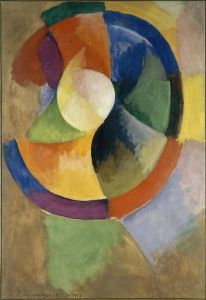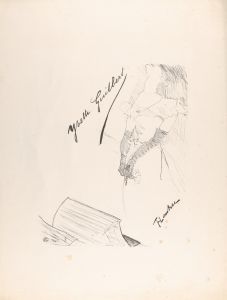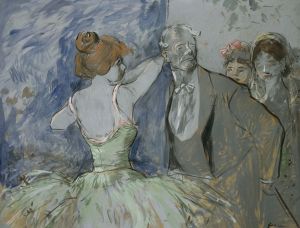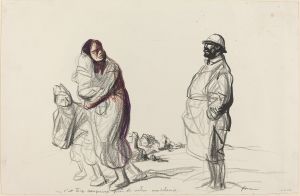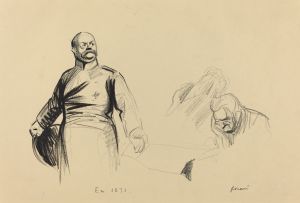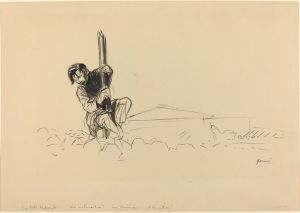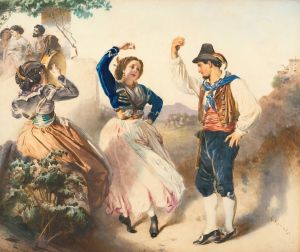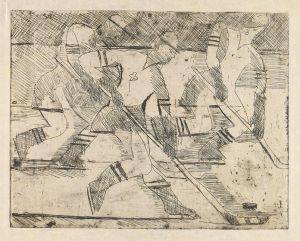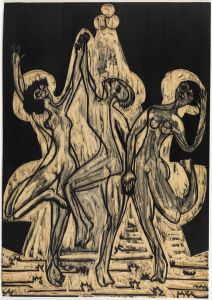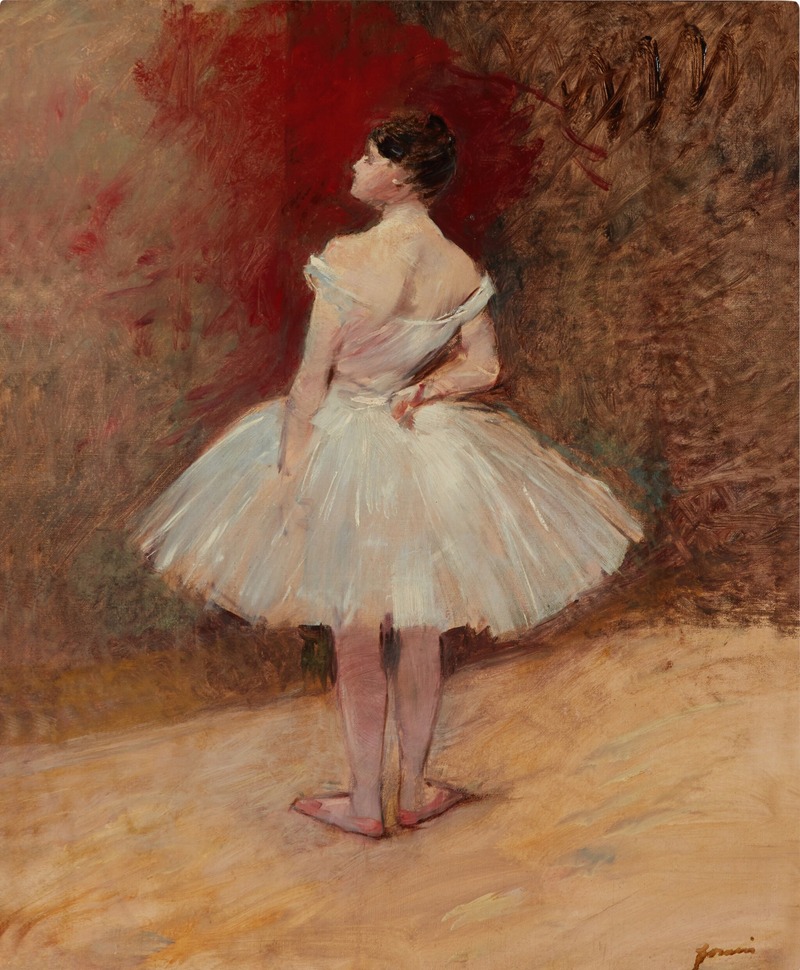
Danseuse debout
A hand-painted replica of Jean-Louis Forain’s masterpiece Danseuse debout, meticulously crafted by professional artists to capture the true essence of the original. Each piece is created with museum-quality canvas and rare mineral pigments, carefully painted by experienced artists with delicate brushstrokes and rich, layered colors to perfectly recreate the texture of the original artwork. Unlike machine-printed reproductions, this hand-painted version brings the painting to life, infused with the artist’s emotions and skill in every stroke. Whether for personal collection or home decoration, it instantly elevates the artistic atmosphere of any space.
Jean-Louis Forain (1852–1931) was a French Impressionist painter, lithographer, and illustrator known for his depictions of Parisian life, including scenes from the theater, ballet, and everyday urban settings. One of his works, Danseuse debout (translated as "Standing Dancer"), is a painting that reflects his interest in capturing the fleeting moments and movements of performers, particularly ballet dancers.
Forain was heavily influenced by his contemporaries, including Edgar Degas, who was also renowned for his depictions of dancers. Like Degas, Forain often portrayed dancers in informal, behind-the-scenes moments rather than in grand, staged performances. This approach offered a more intimate and realistic glimpse into the lives of performers. Danseuse debout exemplifies this style, focusing on the dancer in a natural, unposed stance, rather than in the midst of a performance.
The painting is characterized by Forain's loose, expressive brushwork and his use of muted tones, which create a sense of immediacy and atmosphere. The dancer is depicted standing, her posture suggesting a moment of rest or preparation. Forain's ability to convey movement and emotion through minimal detail is evident in this work, as he captures the essence of the dancer's form and the ephemeral nature of her profession.
Forain's works, including Danseuse debout, often reflect the social and cultural milieu of late 19th-century Paris. His focus on dancers, theater scenes, and urban life aligns with the broader themes of the Impressionist movement, which sought to depict modern life and its fleeting moments. While Forain's style shares similarities with Degas, his works are often noted for their darker, more somber tones, which some interpret as a reflection of his interest in the more introspective and human aspects of his subjects.
The exact date of creation for Danseuse debout is not widely documented, but it is consistent with Forain's body of work from the late 19th to early 20th century. The painting is part of Forain's broader exploration of performers and their environments, a theme that recurs throughout his career.
Today, Jean-Louis Forain's works, including Danseuse debout, are appreciated for their unique perspective on Parisian life and their contribution to the Impressionist movement. His paintings can be found in various museums and private collections, though specific details about the current location of Danseuse debout are not readily available in public records.





